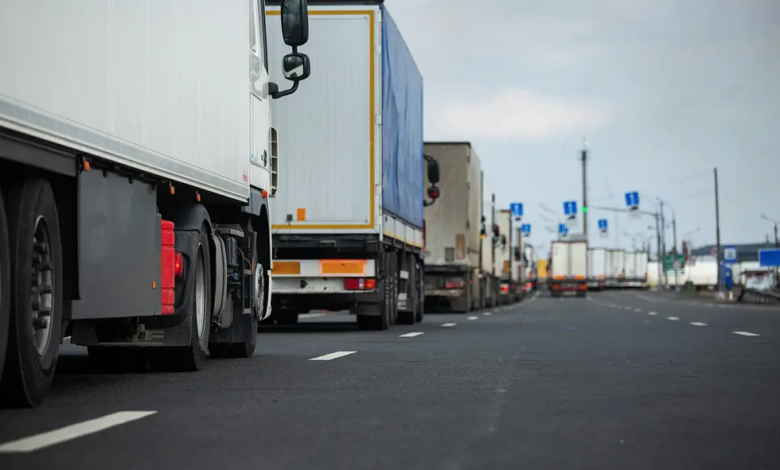Weights and Dimensions Directive, boosted the use of Green heavy-duty vehicles incentives
New European incentives for green heavy-duty vehicles coming soon
New revision proposal for the Weights and Dimensions Directive of the European Union. The European Commission presented it yesterday afternoon as part of a wider strategy to promote sustainable freight transport. Accompanied by the proposed Railway Capacity Regulation and a new method of calculating CO2 in transport chain chains, the draft update is based on 4 objectives. On the one hand, it aims to remove regulatory and technical barriers by providing more incentives for the adoption of zero-emission and energy-saving technologies. On the other hand, it will facilitate intermodal operations and clarify the rules on the use of longer and/or heavier lorries in cross-border operations. All this making the execution more effective and efficient.
EU Weights and Dimensions Directive, what is it?
The European Weights and Dimensions Directive dates back to 1996 and sets maximum physical limits for heavy goods vehicles, buses and coaches used for international transport within the Union. In 2015, it was amended to make heavy goods vehicles more environmentally friendly and safer by allowing weights and dimensions greater than the original constraints, under certain conditions. In detail, the measure applies to means for the transport of goods and their trailers weighing more than 3.5 tons and those for the transport of passengers carrying more than nine people. Articulated buses with more than one articulated section are excluded.
Read also California: stop new diesel trucks by 2036
Focus on cross-border transport
The revision proposal starts from one assumption: zero emission trucks will not become ubiquitous overnight. This is why the central element of the update concerns the cross-border operation – where allowed – of existing energy efficiency solutions, such as EMS (European Modular Systems). What is it about? The possibility of combining existing load units, also called modules, in longer and sometimes heavier vehicle combinations for some parts of the road network. “Overall – writes the EU Executive – the use of EMS offers savings on energy consumption and consequently a reduction in CO2 emissions, because the same amount of cargo can be transported with less travel“.
Incentives for Green heavy-duty vehicles
The review will provide a direct incentive to invest in Green heavy-duty vehicles by allowing them to weigh an additional 4 tonnes (in addition to the maximum authorised 40 tonnes of heavy vehicles). This extra weight will not only fully offset the weight of the zero-emission technology, but will also allow for an additional payload once the technology becomes lighter. This should also encourage the adoption of aerodynamic cabs and devices, which can help reduce energy consumption, thus increasing the range/efficiency of zero CO2 engines.
The new directive will also increase the weight limit for ecological vehicles from the current 42 tonnes to 44 tonnes, regardless of the weight of the current zero emission technology. This means that operators will gain additional load weight and thus payload capacity if the technology becomes lighter. Incentives for intermodal transport are also provided. For example, road operators using their own trucks, trailers and semi-trailers in intermodal operations will benefit from an additional weight of 4 tonnes, currently only permitted for vehicles transporting goods in containers or swap bodies in intermodal transport. In addition, an extra height will be allowed for the transport of high-cube containers, thus allowing standard vehicles to participate in this type of intermodal transport.
All these measures should reduce energy consumption by 12 million tonnes of oil equivalent in the period 2025-2050.






